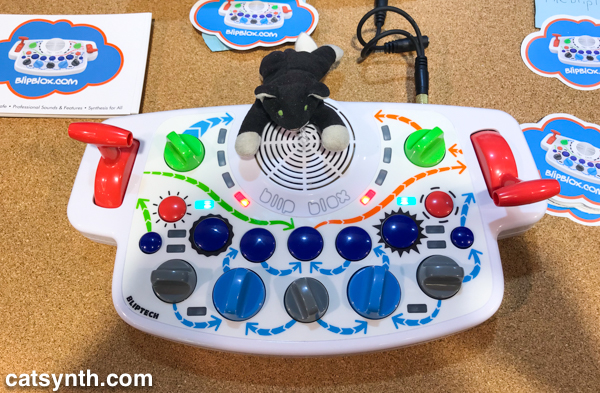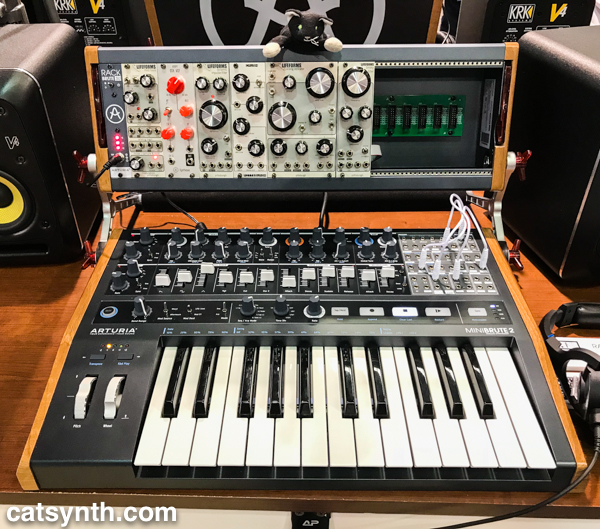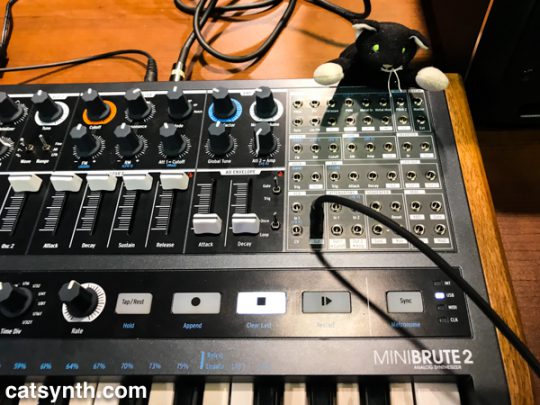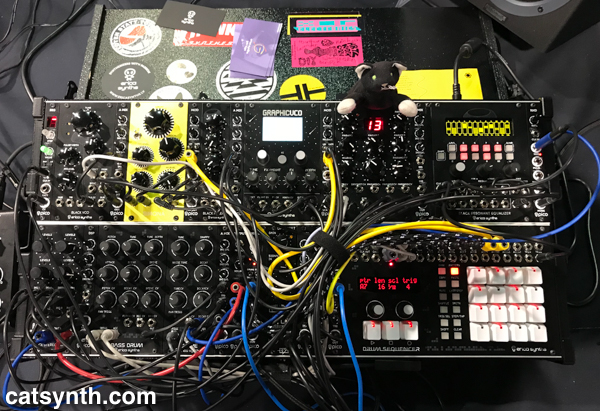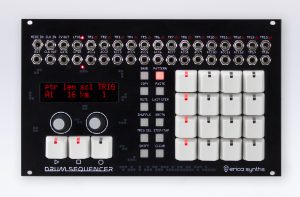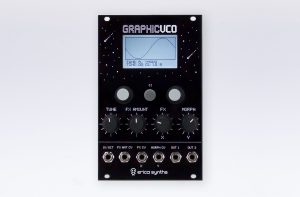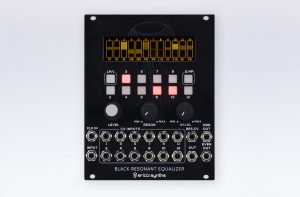One of the most talked-about releases at NAMM (at least within our circles) was the new MicroFreak from Arturia. So, of course, we at CatSynth had to check it out.
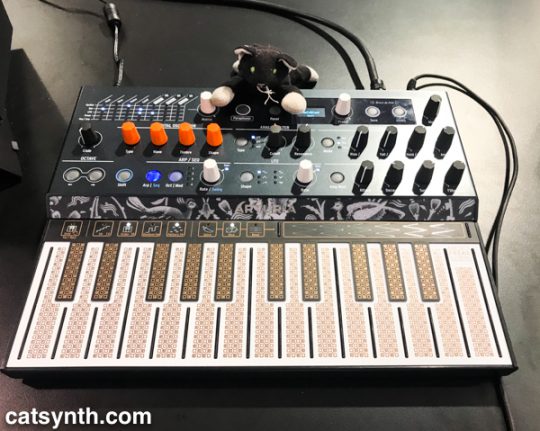
It is a unique-looking instrument. The panel is etched with a variety of iconography
Beyond its looks and keyboard, the main feature of the MicroFreak is its digital oscillator. There are several different “types” for the oscillator, including wavetable, sampling, physical modeling, virtual analog, and something called “texturizer”. Within
The digital oscillator followed in the signal chain by an analog filter, specifically an Oberheim SEM-style filter, which sounds quite good when the oscillator is set to a rich source. There also the usual array of modulators, including envelope (one-shot and cycled), LFO, and arpeggiator. The sequencer includes a bunch of compositional functions with cute names like “Spice” and “Dice” to help build and modify patterns, which then can be routed via the modulation matrix.
It is quite a powerful instrument, but attempting to play it was a bit intimidating at first. Unlike the MiniBrute (analog) or even the Sequential Prophet 12 (hybrid), the knobs weren’t quite as intuitive for someone used to a lot of subtractive or semi-modular synthesizers, especially the oscillator with its various modes and the composition functions. I suspect it was an easier first-experience for those who use beat and sample boxes like those from Elektron. Indeed, I was able to get more out of it by turning on the arpeggiator and then turning knobs. You can see a bit of my initial attempts in our recent video.
In order to really understand what this little beast has to offer, a deep dive in the studio would be required. We at CatSynth hope to be able to arrange that in the not-to-distant future, and will report back here and on CatSynth TV.

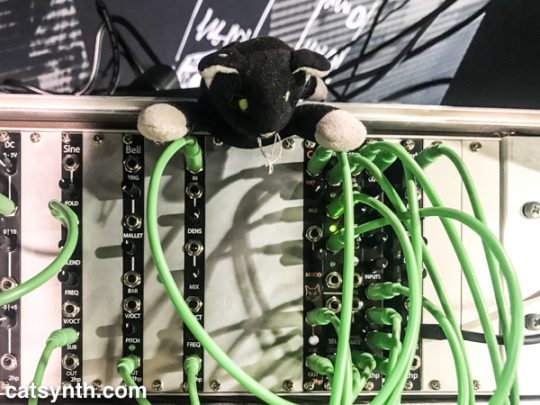
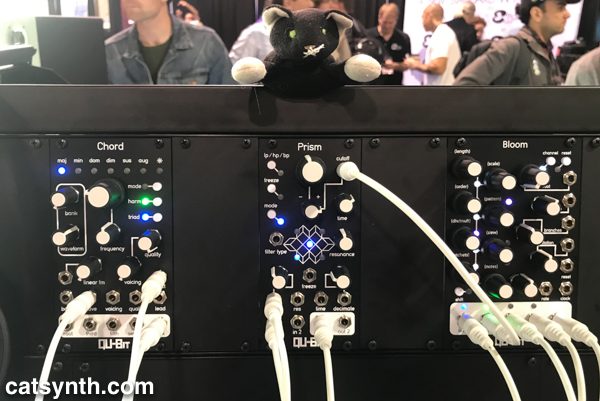
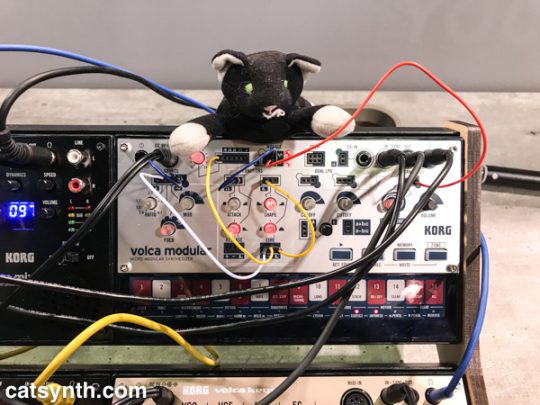
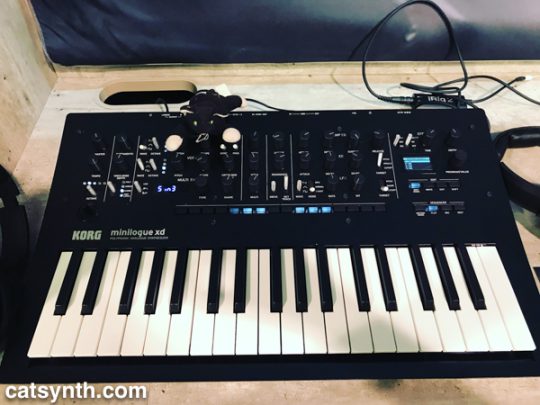
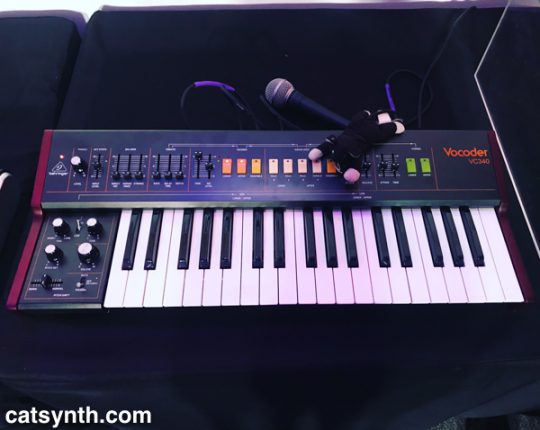
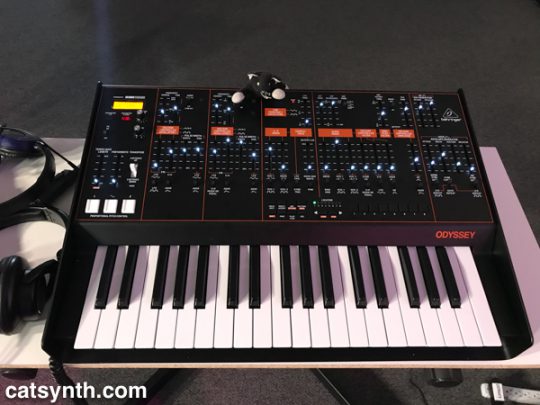
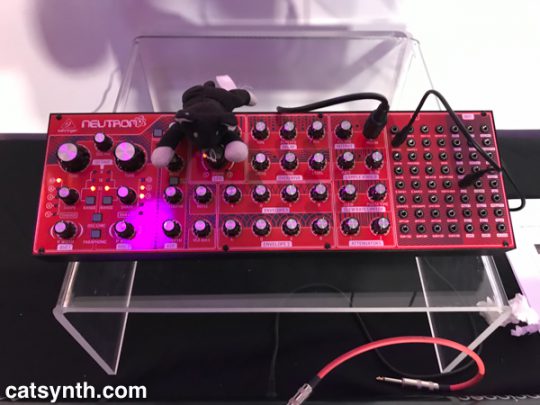
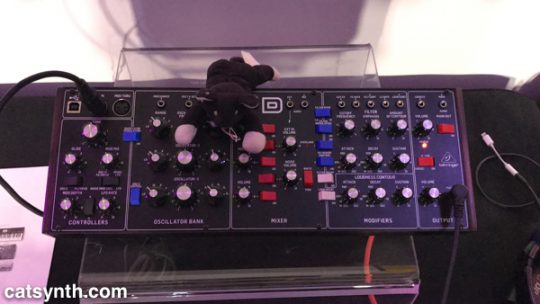
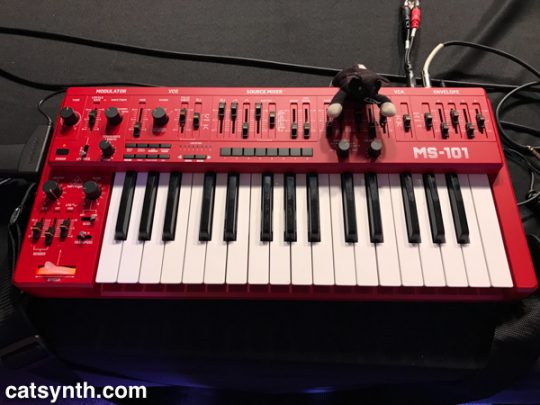
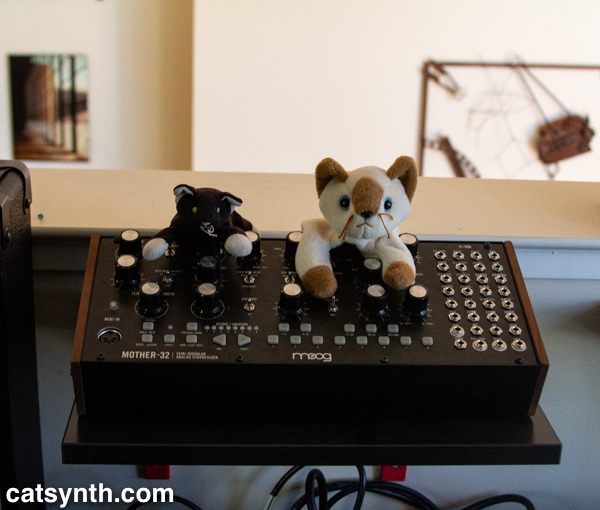

 I-5 takes a more direct route through the sparsely populated western side of the Central Valley, compared to CA 99 (former US 99) that connects the major towns and cities of the region, including Fresno and Bakersfield. The small communities that one does pass are related to travel on the interstate itself or to the farms and orchards that dominate the landscape between stretches of emptier space.
I-5 takes a more direct route through the sparsely populated western side of the Central Valley, compared to CA 99 (former US 99) that connects the major towns and cities of the region, including Fresno and Bakersfield. The small communities that one does pass are related to travel on the interstate itself or to the farms and orchards that dominate the landscape between stretches of emptier space.
